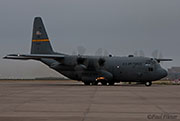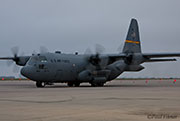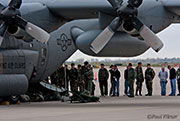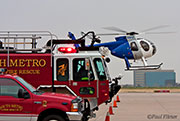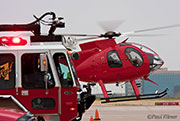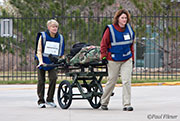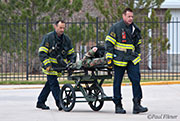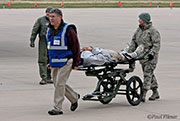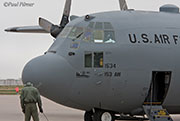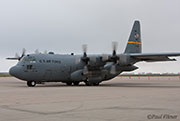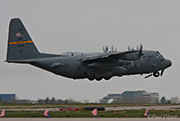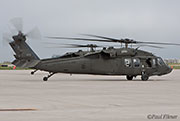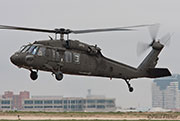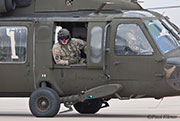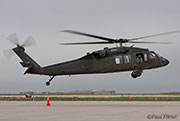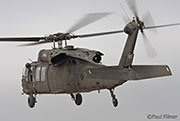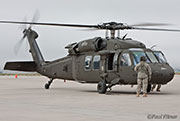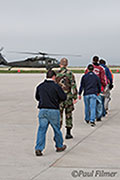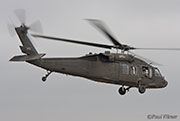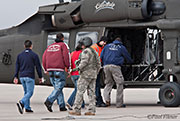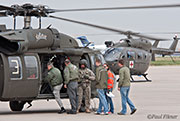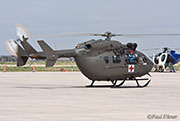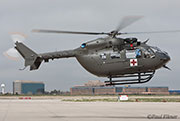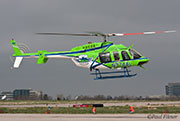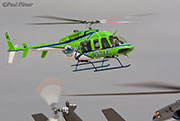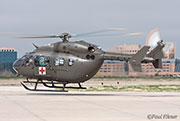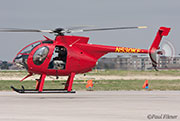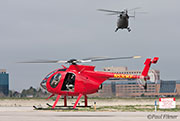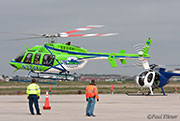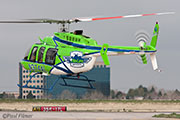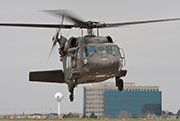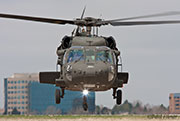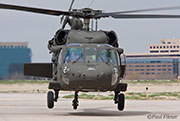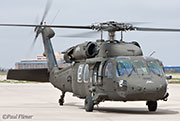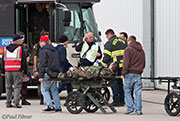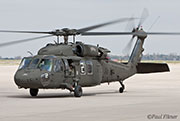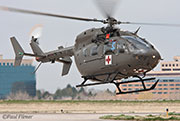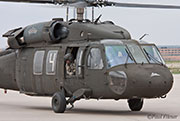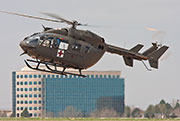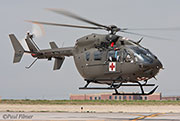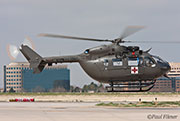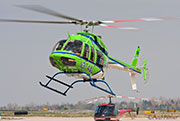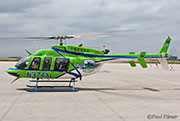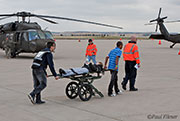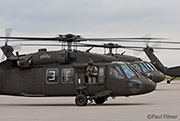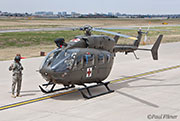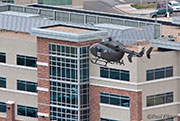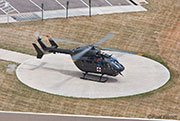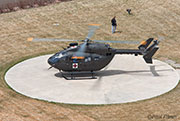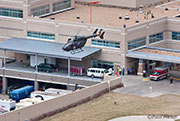The National Disaster Medical System (NDMS) is a federally coordinated system which establishes a single integrated medical response capability for assisting local and state authorities in dealing with major peacetime disasters.
The NDMS system in each state is coordinated by one of the following Federal Coordinating Centres; the Air Force, Navy, Army or Department of Veteran Affairs, and may have a single location or many, depending on its population.
The scope of the exercise is to simulate a mass-casualty disaster that requires transportation of multiple patients and helps to prepare municipal, county, state and federal agencies to work together to promote and streamline inter-agency coordination. The latest one in Colorado was hosted at Centennial Airport on Wednesday 20th April.
NDMS can be activated via a few scenarios; in the event of a major disaster the Governor of a state may request Federal assistance under authority of the Disaster Relief Act of 1974, the Federal Emergency Management Agency (FEMA) can recommend that the President may make a declaration of a major disaster or emergency and the Secretary of Defense has the authority to activate the system in the event of a national security emergency.
The morning started dull and grey with low mist at Centennial Airport which was designated as the Patient Reception Area (PRA). This consisted of a secondary ramp owned by Signature Aviation plus most of its large hangar on that ramp. All briefings were held in the hangar and it also served as a staging area for patients being taken on and off aviation assets. All of the patients for this exercise were volunteers and were tagged with a bar-code so they could be tracked through the system.
The first aircraft to arrive was a Wyoming Air National Guard C-130H which landed at dawn ready to receive its temporary patients for the day. Patients were led out to the aircraft and situated inside in both seated positions and on stretchers depending on their perceived injury. They were then led off the aircraft or stretchered out into the hangar to be processed and assessed as to whether they should be transported to local hospitals via air or road.
At this point the C-130's job was done and it departed before any of the helicopters arrived, leaving space on the ramp to operate safely. In all eight helicopters took part with the majority coming from the Colorado Army National Guard (CO ARNG) based at Buckley Air Force Base. There were four H-60 Blackhawk and three LUH-72A Lakota helicopters from the CO ARNG and a single civilian participant, a Bell 407 from Air Methods / AirLife Denver. Incidentally this is the first exercise the CO ARNG LUH-72As have taken part in after being delivered little more than a month ago.
The role of the helicopters was to transport the patients to designated hospitals in the metropolitan area. The medical team in the hangar, after stabilizing the patient for transport, sorted, assessed and matched patients to the participating hospitals dependent on the patient's needs.
Patients were again either walked out or stretchered out to their helicopter and then flown to one of ten hospitals in the metro area taking part in the airlift part of the exercise, and these ranged from three to 51 nautical miles from Centennial Airport.
Patients were dropped off at the hospitals and transferred from the helicopters by hospital personnel to complete the exercise. The patients were picked up later by buses to their point of origin. Around 250 people were moved in a pretty short time with the only passengers coming back to Centennial in the helicopters being observers tasked with fine-tuning operations for later times.
Weather hampered operations initially and a shortage of volunteer patients necessitated a change of plans in the afternoon which extended the exercise duration, but these would be variables for the multiple agencies to sort out in a real world situation.
Apart from the agencies listed above plus the hospitals, the following were also involved: Arapahoe County IMT, South Metro Fire Rescue, METCOM Incident Dispatch Team, RTD, Action Care Ambulance, AMR, Rural Metro Ambulance Service, Larkspur EMS, Franktown EMS, Castle Rock EMS, Elizabeth EMS, Cunningham Fire, Colorado Department of Public Health and Environment EPRD, Marathon Medical, Amateur Radio Emergency Service, Civil Air Patrol, American Red Cross, VA Rocky Mountain Network (VISN 19) and the Veterans Health Administration Office of Emergency Management (VHA OEM).
Subscribe to receive updates via: e-mail list | Facebook | Instragram | Twitter
[photo/serial list]
